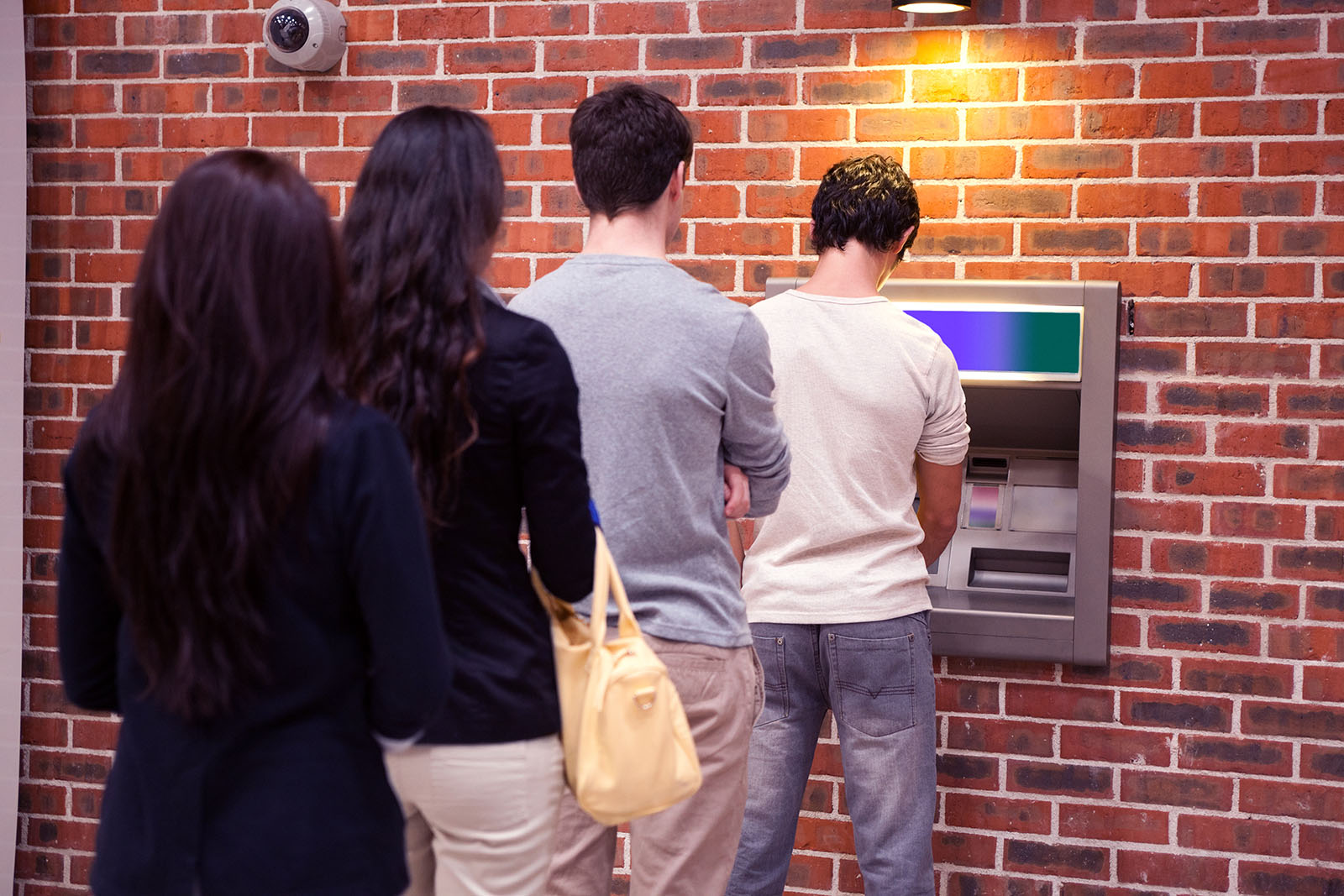How Banks Can Support Relief Payment Recipients

The relief payments represent a rare opportunity for banks to have a positive impact on communities, customers, employees and shareholders — all at the same time.
Photo: Shutterstock
The total amount of money in the U.S. government’s economic impact payments is substantial. But this is a brute-force effort by Congress that doesn’t provide nearly enough for some and more than is needed for others.
The median-income American household has more than $50,000 in expenses each year, dwarfing the payments. And although the coronavirus pandemic’s impact on the economy is vast, even the scariest estimates indicate that for every household suffering from unemployment, there are three or four that, thus far, are not.
The payments represent a rare opportunity for banks to have a positive impact on communities, customers, employees and shareholders — all at the same time.
The IRS has been issuing payments of up to $1,200 per person to 90% of American households, in a disbursement effort that is expected to take months.
So far, unlike with the Paycheck Protection Program, there has been no call to arms for banks to aid in the distribution of this money beyond their normal operations. With no explicit action requested and numerous other priorities to tackle, it would be easy for banks to provide minimal operational support, such as directing customers to appropriate government portals and processing deposits.
But banks have the means to amplify the payments in a way that can help their customers and communities even more. And in doing so, they could generate additional near-term revenue while building long-term customer loyalty.
For bank executives and boards looking to help their communities and meet with the fiscal responsibilities of an uncertain future, investing in the capabilities that will help their clients make the most of this funding represents a tremendous opportunity.
The revenue from the payments could pay for this investment. That’s because consumer deposits generate a significant portion of bank earnings. So if customers who shouldn’t spend the money right away opt to budget and save it appropriately instead, the banks will benefit at the same time as their clients. We estimate the potential revenue for banks in optimizing this saving is $1 billion or more.
Banks can demonstrate their dedication to their customers’ financial health by providing timely advice and convenient tools to maximize the impact of the payments.
Banks Can Help in Four Main Ways
Speed of financial relief: Banks can speed up the funding. The Brookings Institution estimates that as many as 70 million households may need to wait weeks or months for paper checks because the government doesn’t have their direct deposit details. Banks can help bridge the gap. With at least one upstart bank already making customer loans of up to $200, incumbent banks should consider options to quickly provide similar relief measures.
Financial planning: Banks can provide triage-type financial planning tools. Speed alone will not help the hardest-hit Americans. Enhanced unemployment benefits and the ability to defer mortgage, rent and student loan payments, along with creative prioritization of other bills, may help stretch the stimulus money. Customers that were plunged overnight into this dizzying array of economic challenges need clear guidance on how to make sense of them and, even more, to feel they aren’t alone.
Bank contact centers and nonprofit credit counselors are already overwhelmed with call volume and are struggling to handle the complexity of circumstances. Banks can harness their digital capabilities to quickly build tools that help their customers navigate these complex options and connect them to a community facing similar challenges that can provide additional support.
Budgeting support: Banks can provide budgeting tools relevant to the moment. Customers who are fortunate enough not to need the relief immediately still face an uncertain future. For many households not yet affected by job loss, their financial health was precarious to begin with — and the payments offer a chance to jumpstart their future and prepare for further economic challenges. For seniors at or approaching retirement, meanwhile, help is also required to navigate the depressed financial markets.
Banks can demonstrate their dedication to their customers’ financial health by providing timely advice and convenient tools to maximize the impact of the payments. One idea would be to simply place the funds in a digital envelope tagged as “coronavirus money.” Research shows that money put in a separate bucket tends to be used more thoughtfully.
Purpose-driven accounts: Banks can help the millions of households that may view the stimulus as a windfall to create “savings with purpose.” Recipients who would like their stimulus payments to help those less fortunate than themselves, but who can’t afford to donate their payments to charity, need purpose-driven account options. This could include savings accounts in which the interest payments are donated to local charities supporting frontline workers or investment funds supporting companies working toward the greater public good.
This combination of advice, community-building and small-dollar lending is likely to generate loyalty from customers and goodwill from legislators that will pay back banks’ initial investment many times over. The upstart bank making $200 loans, for example, has already received substantial recognition for its efforts.




